Continuous Beam Apparatus
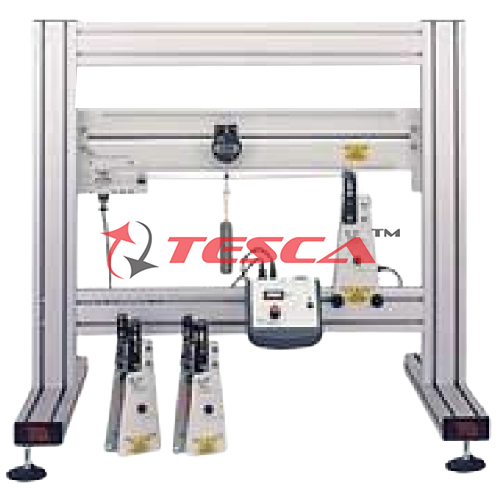
Order Code: 32190
Category: Strength of Materials Lab
A beam is a structural member designed primarily to support forces acting perpendicular to the axis of the member Beams are of different types, the most common types of beams are: Fixed End Beam (indeterminate) Continuous beam (indeterminate) Sim...
SPECIFICATION
A beam is a structural member designed primarily to support forces acting perpendicular to the axis of the member
Beams are of different types, the most common types of beams are:
Fixed End Beam (indeterminate)
Continuous beam (indeterminate)
Simple beam (determinate)
A fixed end beam is a beam that is restricted from movement at both ends. A continuous beam is a statically indeterminate structure. They are used to increase structures strength and provide alternate load paths in cases of failure. A continuous beam has advantages over a simple beam in terms of lesser mid span deflection which is less and a higher vertical load capacity.
A pinned support is a type of support that can resist both horizontal and vertical forces.
Bench-top model to investigate the behavior of a continuous beam under various load conditions. Rigid frame with 1m scale, 1mm divisions. Three Support brackets with spring balances with fine adjusters. Loaded by 3 hangers and weights. Uniformly distributed loads can be used in the form of hook-weights set.
Tesca Continuous Beam Apparatus teaching apparatus enables a range of laboratory, classroom and computer-based experiments for civil, mechanical and structural engineering students investigating beams and beam behaviour, from simple cases to complex beam problems..
The teaching hardware includes a rigid beam and a flexible beam, a backboard and three load cell piers which measure vertical reactions.
To perform beam experiments, students mount the beams on the load cells in various arrangements, and load the beams. Two of the load cells have knife-edge supports, while the third load cell can clamp the beam or allow it to rest on a knife edge. To measure beam deflection, students traverse a digital indicator on the backboard along the beams. The backboard also has a mechanism which measures the fixing moment of a propped cantilever or fixed beam.
The Continuous and Indeterminate Beams structures teaching hardware includes a rule, a vernier, leads to connect to a Digital Force Display, knife-edge hangers, a student guide and a lecturer guide.
Experiment Possibilities
Reactions of a simply supported beam
Reactions of a two-span continuous beam
Reactions and fixing moments of a fixed beam and a propped cantilever
Reaction and fixing moment of a propped cantilever with a sinking support
Relationship between load and deflection for beams and cantilevers

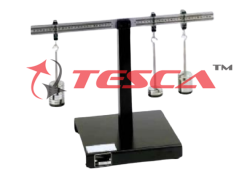
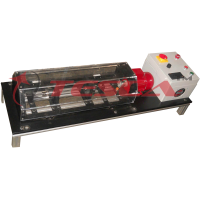
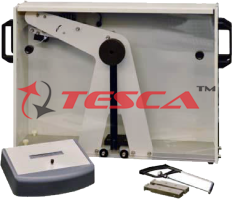
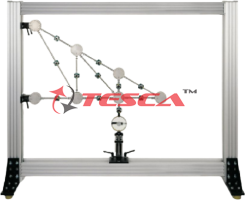
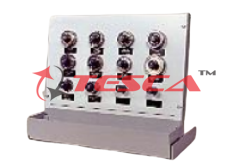
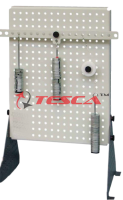
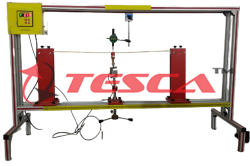
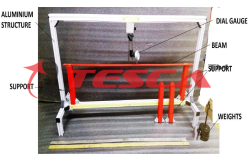
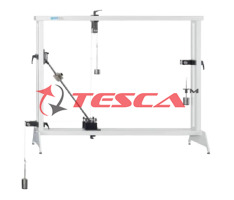

 91-9829132777
91-9829132777